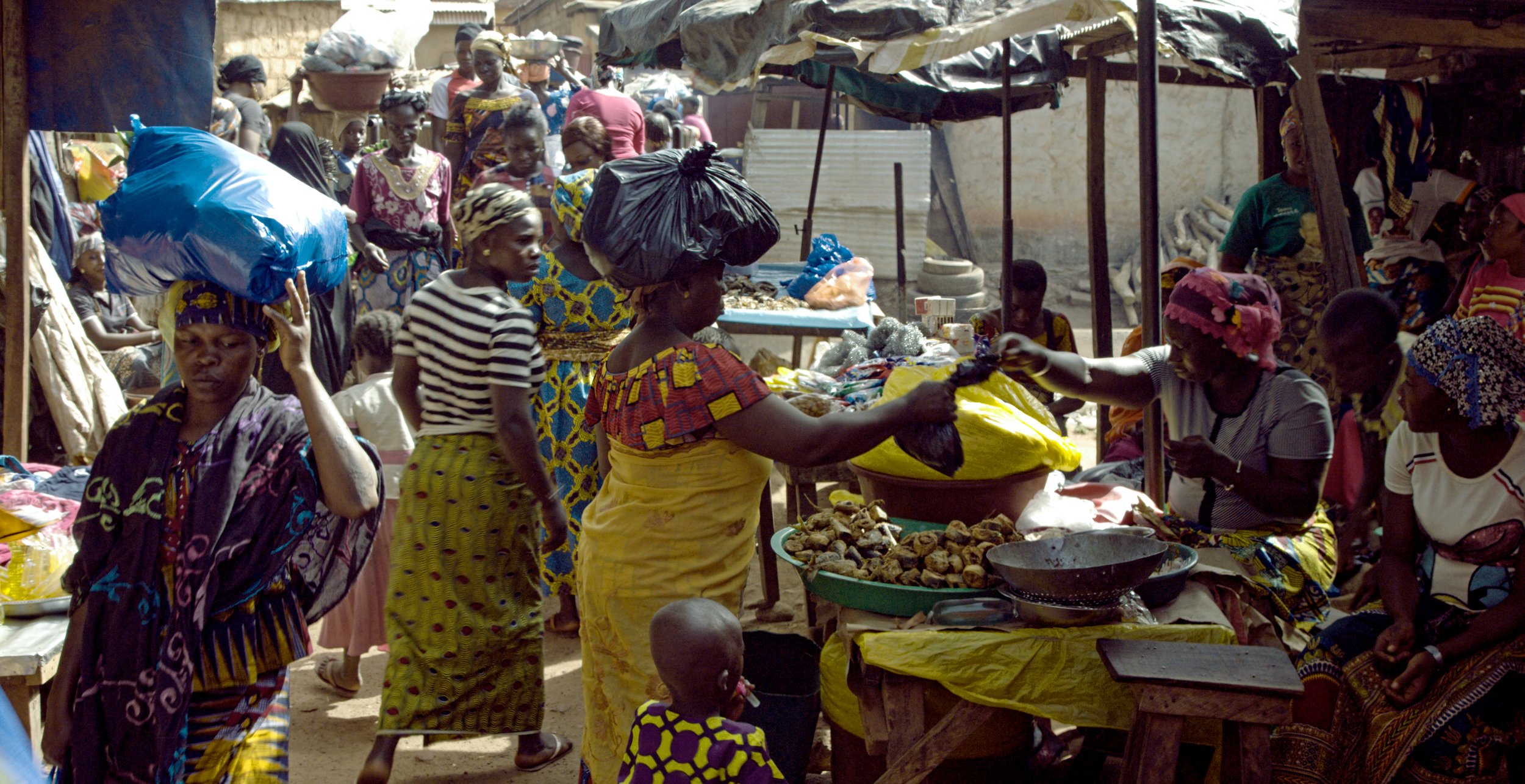Too Many Chapatis for One Cup of Tea
I met this kid, “Two Teas,” over the weekend. Deep sound, beautiful voice, funny lyricist. This will go down as one of those unforgettable nights in Nairobi. But it wasn’t just about my love for his music, which I’ve had on replay for the last four days. It was something he said—casually, like a throwaway line—just as he plugged in his acoustic guitar and settled in for his set.
He asked the audience, “How many chapos can you eat with one cup of tea?”
A simple question, I thought. Until my mom gently nudged my shoulder to wake up.
P.S. The word gentle means something different if you grew up in Nairobi in the ‘90s. Let’s just reserve it for my international audience.
I was about to protest—until I met her stern gaze. A look only a mother can give. That unmoved, unflinching face, but with eyes filled with something softer, something deeper. Love. But why start a fight you’ll never win? It was too early for words, and besides, her light tap meant it was her turn on the couch. She had earned it.
Mom was a clock with a 3:30 a.m. alarm.
Every morning, she woke up to make a thousand chapatis. Our table transformed into a dough-rolling bench, two charcoal burners glowing with identical thick metal pans, radiating 200 degrees of heat. In our house, you didn’t dream. You didn’t have that luxury. We were all part of one big kitchen.
Then, she and my sister would hawk the tea in Kangemi market. Whatever remained at the end of the day? That was breakfast, lunch, and dinner. Chapatis here, chapatis there—chapatis everywhere.
So ask me again how many chapatis go with one cup of tea, and I’ll tell you—too many.
A Pattern That Spans Generations
In 2020, I was hired to film in Ivory Coast. The memories of those early mornings flooded back, but this time, I wasn’t just remembering my mother—I was seeing her story mirrored in countless other women.
The project, commissioned by CARE International Netherlands and the H&M Foundation, aimed to highlight the struggles and triumphs of women entrepreneurs. Their report, Women Mean Business, lays bare the structural barriers women face across Africa and beyond.
Between 2017 and 2020, CARE’s Women in Enterprise program supported nearly 270,000 women across countries like Ivory Coast, Sierra Leone, and Sri Lanka. These women increased their daily earnings by an average of 91%—a testament to what they could achieve when given the slightest opportunity. But access to opportunity was, and still is, the hardest part.
More than 80% of women-owned businesses with credit needs are either unserved or underserved. Banks label them unbankable—not because they lack work ethic, but because they lack collateral. Like my mother, they didn’t own land. And without land, there was no credit. Without credit, there was no expansion.
And then there’s the invisible weight—the one that never makes it into business reports. Almost three-quarters of these women still receive no help with household duties from male family members. They are expected to run businesses like men while carrying domestic burdens like their grandmothers.
The Women Who Run Africa, Unseen
Yet, despite all this, they rise.
They wake before the sun. They stretch every resource, every coin, every moment of their day—feeding families, funding dreams, keeping economies alive. They form chamas, borrowing from one another when banks refuse them. They teach their daughters to knead dough before they can spell their own names, not out of cruelty, but because survival demands it.
My mother was one of them. Her chapatis fed us, clothed us, and put us through school. But like so many women across Africa, her sweat never truly translated into wealth. It was enough to keep us alive, but never enough to let us breathe.
So the next time someone asks me how many chapatis go with one cup of tea, I won’t just think of my childhood. I’ll think of the countless women who have stretched one shilling into five, who have built businesses out of nothing, who have carried nations on their backs while being told they own nothing.
Too many, I’ll say. Too many.






